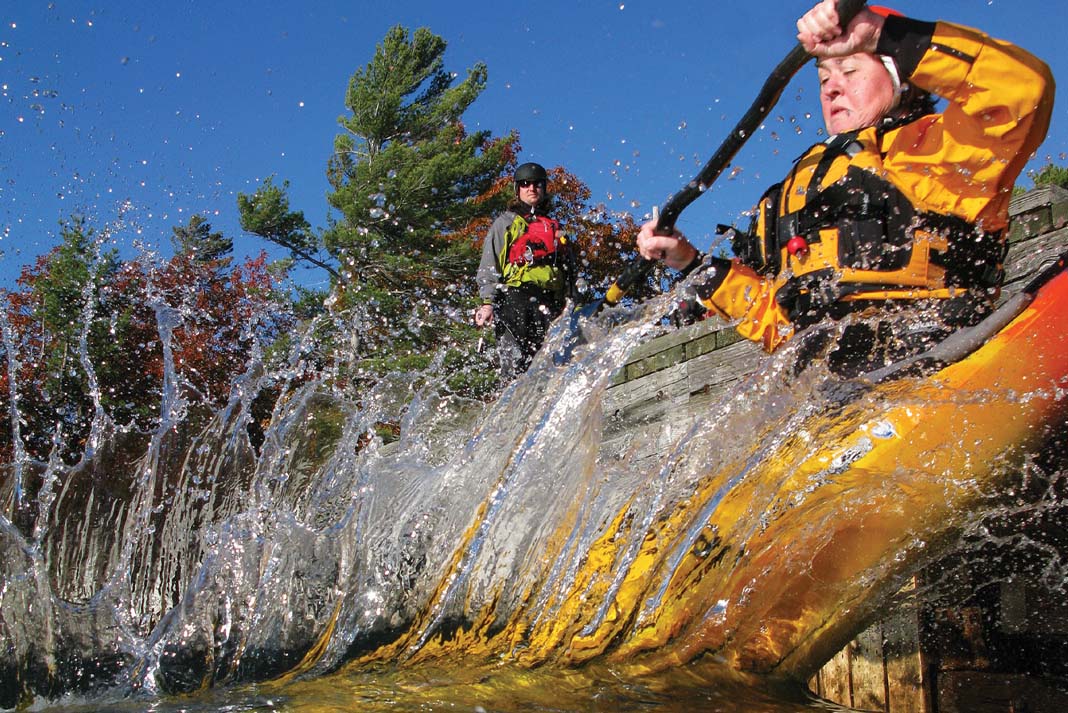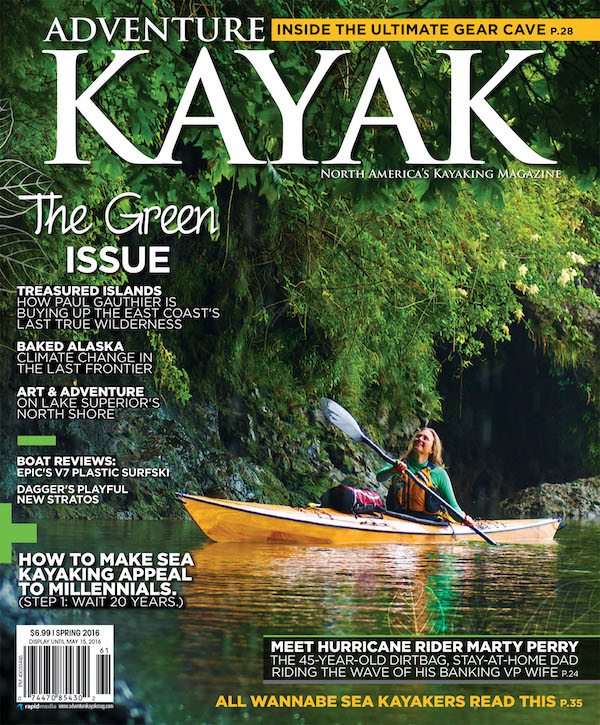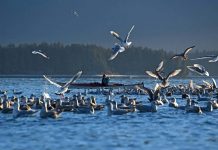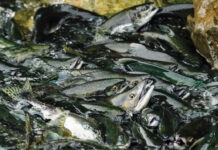Butterflies make us brave.
A threat or challenge—a wave, a headland, a roll, a job interview—triggers this familiar physiological response. The pituitary and adrenal glands receive signals from our anxious brain and produces a hormonal cascade, pumping cortisol and adrenaline into the bloodstream, elevating heart rate and boosting blood sugar. Vessels constrict, amping pressure, and shunt oxygen-rich blood to the heart, lungs and legs, and away from non-vital places like our extremities and digestive system. Clammy hands, cold feet, dry mouth, flip-flopping stomach—classic fight or flight.
Instinct tells us to avoid this rabble in our guts, but the siren song of adventure beckons the butterflies to take flight. It can be a cathartic impulse.
“I had been vaguely bored with my life and its repetitions—the half-finished, half-hearted attempts at different jobs and various studies,” writes explorer Robyn Davidson in Tracks, an account of her 1,700-mile walk across the Australian desert, “…the most difficult thing had been the decision to act, the rest had been merely tenacity—and the fears were paper tigers.”
In mathematics, chaos theorists define the butterfly effect as the phenomenon in which a minute, localized change in a complex system can result in sweeping differences later. The theory applies to meteorology and, if Bradbury is to be believed, time travel, but it may also describe human behavior. The butterfly flaps its wings, and we may find ourselves racing NASCAR rather than commuting to the city.

If small changes can have dramatic effects, imagine the consequences of a daunting act. “Do one thing every day that scares you”—this advice makes for a pithy pearl on fridge magnets, bookmarks and bumper stickers, but it’s been around much longer than Hallmark. Ralph Waldo Emerson popularized the idea of moving outside of one’s comfort zone to achieve personal growth way back in the mid-19th century. First Lady Eleanor Roosevelt spoke similarly about conquering fears. And in 1999, Baz Luhrmann included the nugget in his spoken-word radio hit, Everbody’s Free (To Wear Sunscreen). Emerson, Babs and Luhrmann knew about the benefits of butterflies.
As paddlers, we invite the butterflies more often than most. Oceans, rivers and lakes are dynamic environments, rife with novelty—always a reliable rabble-rouser. Facing these unknowns, developing the skills and experience to cope, even play, with them, allows us to confront greater challenges in the future. To be brave and smart when our stomach is storming.
Some of these thrills can be found time and again. A curling wave or a foggy crossing, for example. Others we may experience just once. The airy, silvered wooden pier that hosted the Snug Harbour Dock Launch is no more, replaced by a perfectly pragmatic, safe and box store-boring floating dock. Yet the butterflies remain.

Subscribe to Paddling Magazine and get 25 years of digital magazine archives including our legacy titles: Rapid, Adventure Kayak and Canoeroots.








